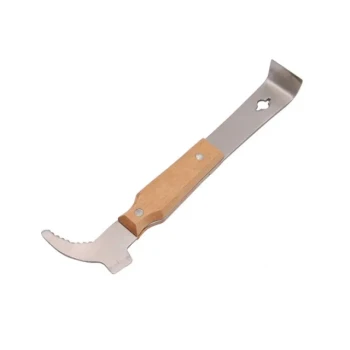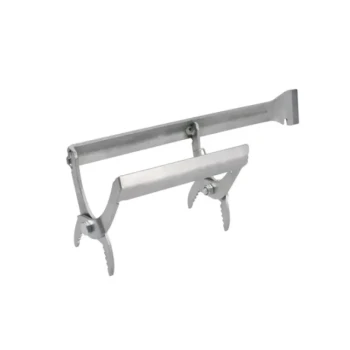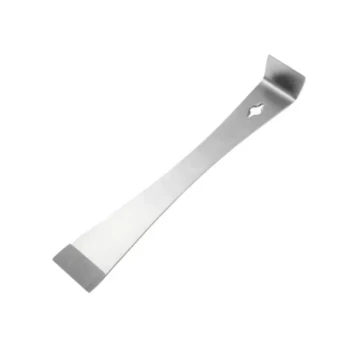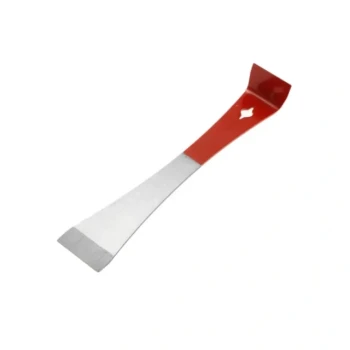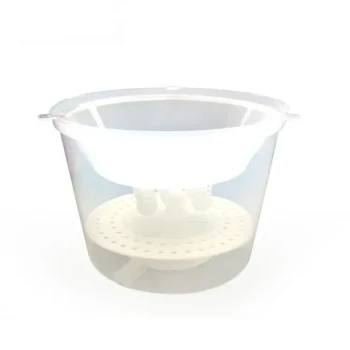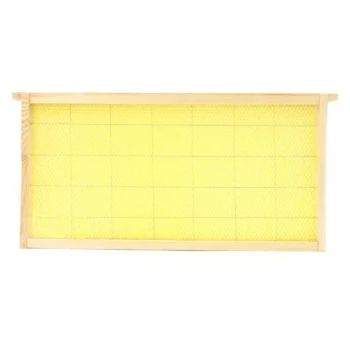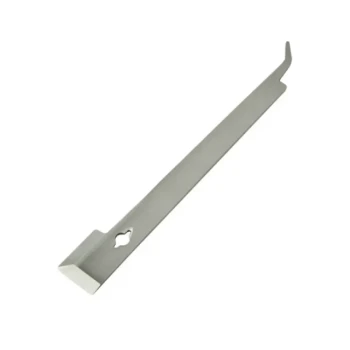The critical temperature for a beehive is not a single point, but a combination of temperature and duration. While a healthy colony can survive brief periods of extreme cold, the true danger lies in prolonged deep freezes. As a general guide, most bee colonies are at significant risk if the ambient temperature remains below 14°F (-10°C) for seven or more consecutive days.
A colony's winter survival depends less on the coldest night and more on its internal ability to generate heat. The real threat is not a single polar vortex event, but extended periods of deep cold that exhaust the bees' energy reserves and prevent them from reaching their food stores.
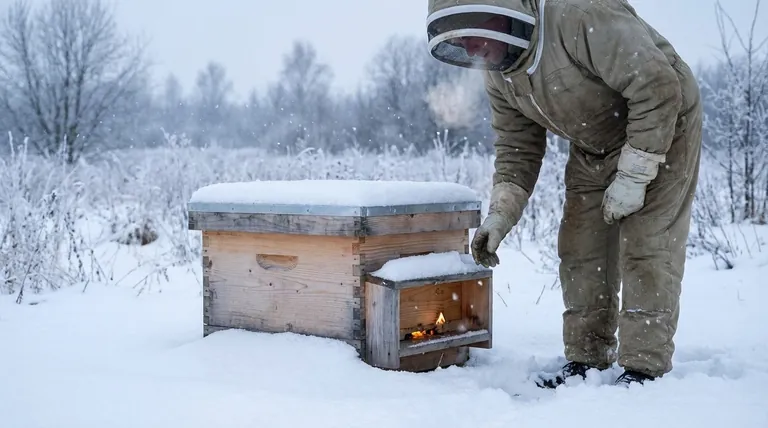
How Bees Generate Heat: The Winter Cluster
To understand a hive's limits, we must first understand its unique survival mechanism. Bees do not heat the entire hive; they only heat themselves.
The Concept of the Cluster
As temperatures drop, bees form a tight, basketball-sized ball known as the winter cluster. This formation minimizes surface area and conserves heat.
The Insulating Shell
The bees on the outer edge of the cluster press together, creating a dense, insulating mantle. These outer bees may be chilled, but they protect the bees on the inside.
Shivering for Warmth
Bees within the core of the cluster generate intense heat by flexing their powerful flight muscles without moving their wings. This "shivering" is fueled by their honey stores.
Maintaining Core Temperature
Through this collective effort, the center of the cluster, where the queen is kept safe, can be maintained at a stable 80-90°F (27-32°C), even when it's well below freezing outside the hive.
Key Factors Beyond Ambient Temperature
The external temperature is only one piece of the puzzle. Several other factors are equally, if not more, critical for winter survival.
Honey Stores as Fuel
Honey is the high-energy fuel for the cluster's "furnace." A colony with insufficient honey stores will run out of energy, freeze, and perish. The amount needed varies, but northern colonies may require 60-90 pounds of honey.
Colony Size and Health
A large, populous colony has more bees to generate heat and form a more effective insulating shell. Furthermore, a colony free from pests like Varroa mites will have stronger, healthier bees with the longevity to survive the long winter months.
Hive Ventilation and Moisture
Moisture is often a greater threat than cold. The bees' respiration releases warm, moist air. If this air hits a cold inner surface of the hive, it condenses and can drip back down onto the cluster, chilling the bees fatally. Proper ventilation is essential to let this moisture escape.
Genetics and Acclimatization
Bee genetics play a role. Strains like Carniolan or Russian bees are naturally more adapted to colder climates and long winters than others, such as Italian bees.
Understanding the True Dangers of Cold
The specific challenges presented by cold are nuanced and often misunderstood by new beekeepers.
The Problem of Prolonged Cold
The 14°F / 7-day rule is dangerous because the cluster cannot easily move when it is that cold for that long. The bees consume the honey they are directly touching, but the cluster will not break its tight formation to move to new frames of honey just inches away. They can starve in the midst of plenty.
The Threat of Wind Exposure
Wind strips heat from a hive exponentially faster than still air. A hive exposed to harsh winter winds forces the bees to burn through their honey stores at a much higher rate, increasing the risk of starvation.
The False Sense of Security
A beekeeper might see a hive looking fine during a cold snap, but the real damage is the depletion of resources. The colony may survive the cold spell only to starve in the early spring before new nectar sources are available.
Making the Right Choice for Your Goal
Your preparation strategy should be focused on empowering the bees' natural ability to survive.
- If your primary focus is food security: Ensure the colony has ample honey stores and that these stores are positioned directly above and beside where the cluster will form.
- If your primary focus is moisture control: Provide a small upper entrance or a dedicated quilt box to allow moist air to escape without creating a cold draft.
- If your primary focus is protection from the elements: Position your hive to receive maximum winter sun and provide a windbreak to block prevailing winds. Wrapping the hive can help, but a windbreak is more critical.
- If your primary focus is colony health: Conduct necessary mite treatments in the late summer or early fall to ensure the bees entering winter are strong, healthy, and long-lived.
Ultimately, successful wintering is about managing moisture, food, and health to support the colony's own remarkable survival mechanisms.
Summary Table:
| Factor | Why It Matters | Key Insight |
|---|---|---|
| Critical Temperature | Defines survival limits. | Prolonged cold below 14°F (-10°C) for 7+ days is the main risk. |
| Winter Cluster | Core survival mechanism. | Bees shiver to keep the cluster's core at 80-90°F (27-32°C). |
| Honey Stores | Fuel for heat generation. | Northern colonies may need 60-90 lbs of honey to survive winter. |
| Ventilation | Manages deadly moisture. | Prevents condensation from dripping onto and chilling the bees. |
| Colony Health | Determines bee longevity. | A strong, mite-free colony has a much higher chance of survival. |
Ensure Your Apiary Thrives Through Winter
Winter poses a significant challenge, but with the right equipment and preparation, your colonies can emerge strong in the spring. HONESTBEE is your trusted partner for wholesale beekeeping supplies, supporting commercial apiaries and equipment distributors with the durable, effective gear needed for success.
We provide everything from insulated hive wraps and moisture-quilt boxes to high-quality feeders and mite treatments—all designed to help your bees conserve energy and survive the cold.
Ready to strengthen your wintering strategy? Contact our expert team today to discuss your specific needs and explore our wholesale catalog.
Visual Guide
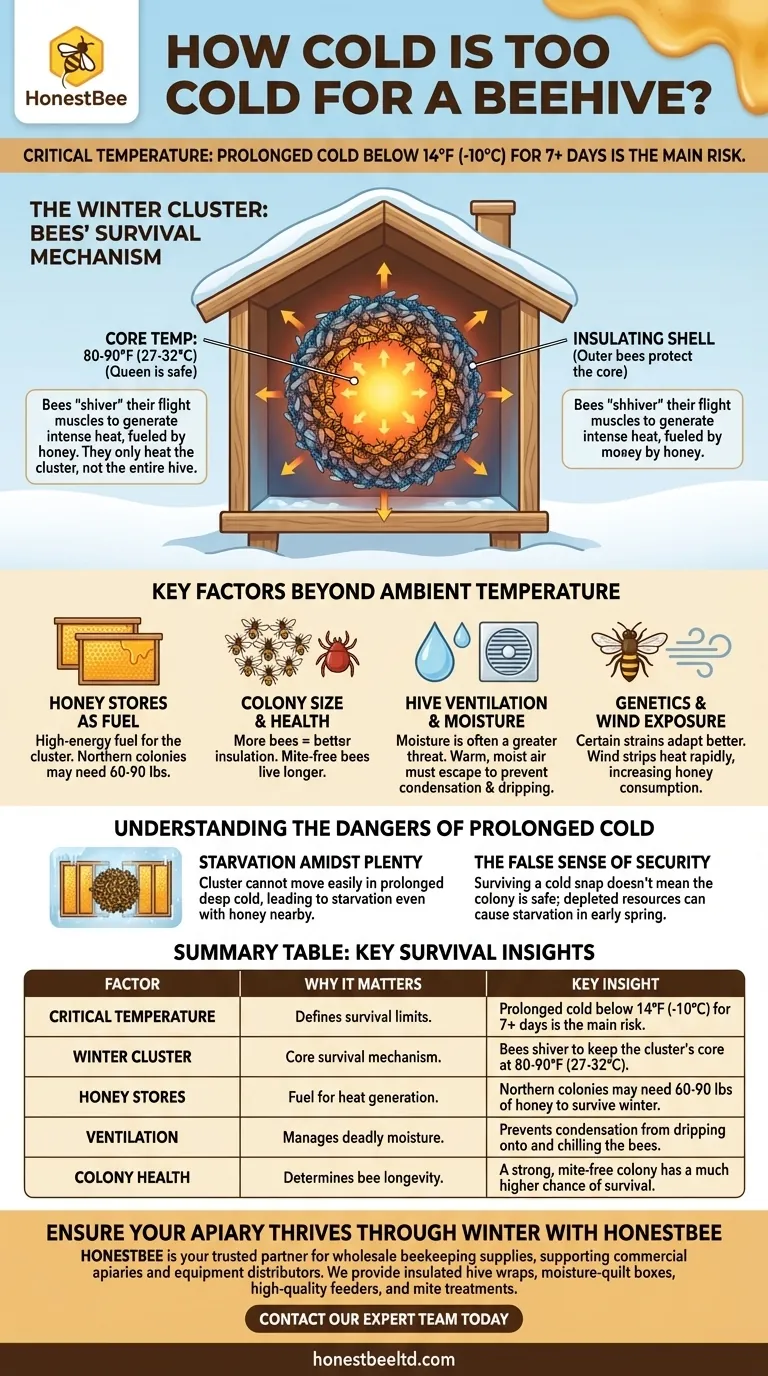
Related Products
- Langstroth Bee Hives Bee Keeping Box for Beginners Beekeeping
- Multi-Functional Sliding Hive Entrance for Beekeeping
- Plastic Bee Hive Stand for Beekeeping
- HONESTBEE Advanced Ergonomic Stainless Steel Hive Tool for Beekeeping
- Long Langstroth Style Horizontal Top Bar Hive for Wholesale
People Also Ask
- What basic equipment is needed to start beekeeping? Your Essential Guide to a Confident Start
- What are the key features of the Langstroth beehive? A Guide to the Standard for Modern Beekeeping
- Why were wooden hives traditionally preferred? For Natural Beekeeping Aligned with Bee Biology
- How does the ease of access differ between 8-frame and 10-frame hives? Choose the Right Hive for Your Body
- What are the different types of beehive boxes available? Choose the Right Hive for Your Apiary





